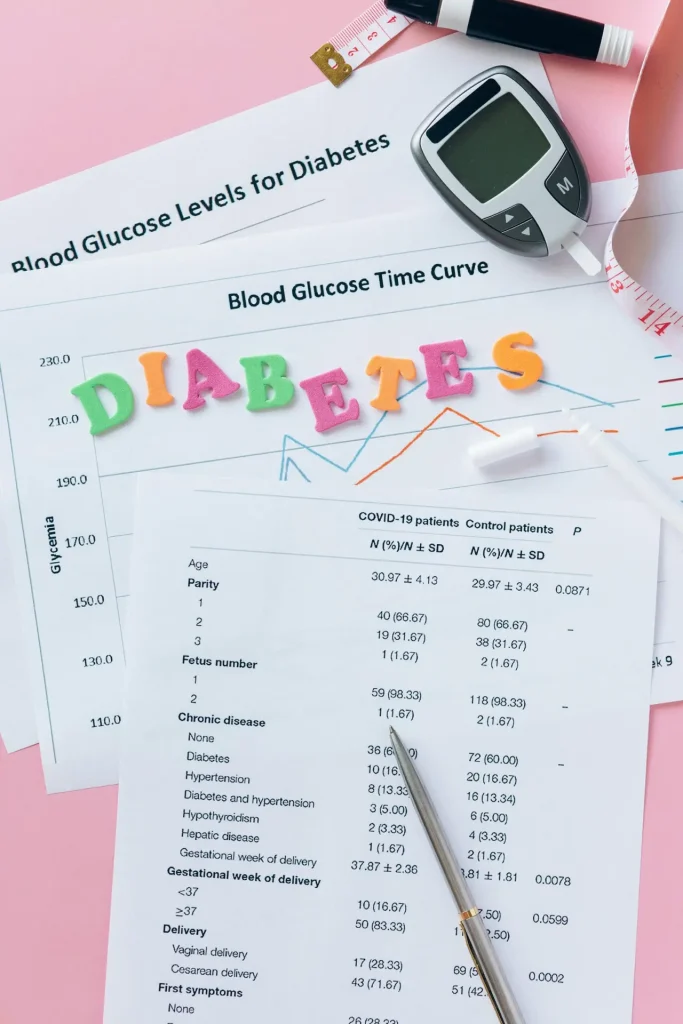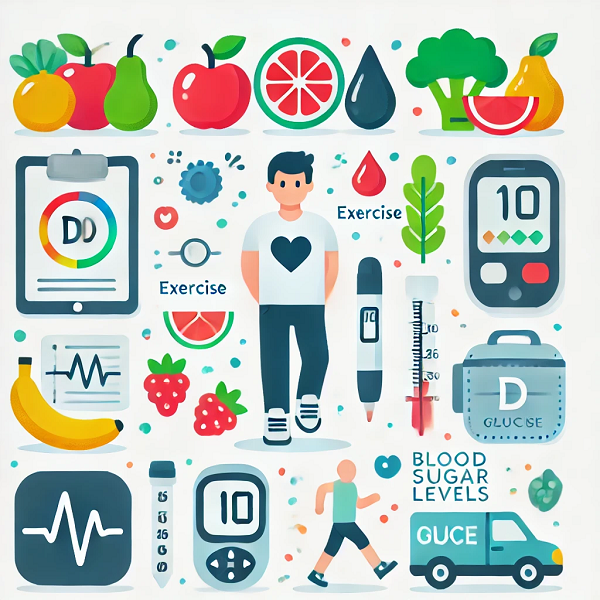Managing diabetes can often feel like a daunting task, particularly when it comes to maintaining optimal blood sugar levels. One crucial marker for long-term blood sugar control is the A1C test. This test measures your average blood glucose levels over the past two to three months. For many people with diabetes, the goal is to keep the A1C level below 7%. This targeted level can vary based on personal health circumstances. Many doctors believe that 6% is best while others use 7% as a baseline goal. Lowering your A1C not only helps you manage diabetes more effectively but also reduces the risk of complications. Here are ten of the easiest and most effective strategies to help you lower your A1C before your next doctor visit.
1. Adopting a Balanced Diet
To start with, focus on the quality of carbohydrates you consume. Choose complex carbs that are rich in fiber over simple carbs. For example, instead of white bread or pasta, opt for whole-grain versions. Incorporate a variety of vegetables, aiming to fill half your plate with non-starchy vegetables at each meal. These foods are low in calories and carbohydrates but high in vitamins, minerals, and fiber. Lean proteins like fish, poultry, and plant-based proteins such as beans and tofu can help keep you full and support muscle health. Healthy fats from avocados, nuts, seeds, and olive oil can also help manage hunger and support heart health.
2. Monitoring Carbohydrate Intake
Understanding the glycemic index (GI) and glycemic load (GL) of foods can help you make smarter choices. Low-GI foods cause a slower, more gradual rise in blood sugar levels. Examples include legumes, most fruits, non-starchy vegetables, and whole grains. Keep track of your total carbohydrate intake and spread it evenly throughout the day. This approach helps prevent large blood sugar swings. Consider using carbohydrate counting tools or apps to help manage your intake more effectively.
3. Increasing Physical Activity
Incorporate a mix of aerobic exercises and strength training into your routine. Aerobic exercises such as walking, jogging, swimming, and cycling improve cardiovascular health and help lower blood sugar levels. Strength training, including weight lifting and resistance band exercises, builds muscle mass, which in turn increases insulin sensitivity. Aim for at least 150 minutes of moderate aerobic activity and two to three sessions of strength training per week. Simple activities like taking the stairs instead of the elevator or parking farther from your destination can also add up throughout the day.
4. Staying Hydrated
Start your day with a glass of water and carry a water bottle with you to encourage regular drinking. You can also include water-rich foods in your diet, such as cucumbers, watermelons, and oranges. If you find plain water boring, try adding a splash of lemon or lime juice, or infusing your water with fresh fruits and herbs. Avoid sugary drinks and limit your intake of caffeinated beverages, as caffeine can cause dehydration.
5. Getting Adequate Sleep
Establish a regular sleep routine by going to bed and waking up at the same time each day, even on weekends. Create a calming pre-sleep routine, such as reading a book, taking a warm bath, or practicing relaxation exercises. Ensure your sleep environment is conducive to rest – this means a comfortable mattress and pillows, a cool room temperature, and minimal light and noise. Avoid screens (phones, tablets, TVs) for at least an hour before bed, as the blue light can interfere with your body’s natural sleep-wake cycle.
6. Managing Stress
Incorporate stress-reducing practices into your daily routine. Mindfulness meditation involves focusing on your breath and staying present in the moment, which can help reduce stress and improve blood sugar levels. Deep breathing exercises, where you take slow, deep breaths, can also help lower stress hormones. Yoga combines physical postures, breathing exercises, and meditation, offering a comprehensive approach to stress reduction. Regular physical activity and hobbies that you enjoy can provide additional outlets for stress relief.
7. Taking Medications as Prescribed
Set reminders to take your medications at the same time each day to establish a routine. Use a pill organizer to help manage your medications and ensure you take them correctly. If you experience side effects or have trouble sticking to your medication schedule, talk to your healthcare provider about possible adjustments. They can offer solutions or alternatives that may work better for you.
8. Monitoring Blood Sugar Regularly
Use a blood glucose meter to check your levels at different times of the day – before meals, after meals, and at bedtime. This will give you a comprehensive view of how your body is responding to food, exercise, and medications. Keep a detailed log of your readings, noting the date, time, and any relevant activities or foods consumed. Share this information with your healthcare provider to help fine-tune your diabetes management plan.
9. Avoiding Sugary Beverages
Read labels carefully to avoid hidden sugars in beverages. For example, many fruit juices, even those labeled as “natural,” can contain high levels of sugar. Opt for water, unsweetened tea, or beverages with artificial sweeteners if you prefer a sweet taste. Make it a habit to bring your own healthy drinks with you when you’re out and about, so you’re not tempted by sugary options.
10. Seeking Regular Medical Advice
Regular check-ups allow your healthcare provider to monitor your A1C levels and make necessary adjustments to your treatment plan. Be open and honest about your challenges and successes. Your provider can offer support, resources, and referrals to other healthcare professionals, such as dietitians or diabetes educators, who can provide additional guidance.
Lowering your A1C involves a combination of diet, exercise, medication adherence, and lifestyle changes. By incorporating these ten strategies into your daily routine, you can effectively manage your blood sugar levels and reduce the risk of complications associated with diabetes. Remember, managing diabetes is a marathon, not a sprint, and every small step you take brings you closer to your goal. Consistency and perseverance are key, and with the right approach, you can achieve and maintain a healthy A1C level.








This is such a valuable resource. I’ve learned so much from this post, and I appreciate the practical advice you’ve shared.
Thank for your comment(s). For additional info, feel free to follow us.